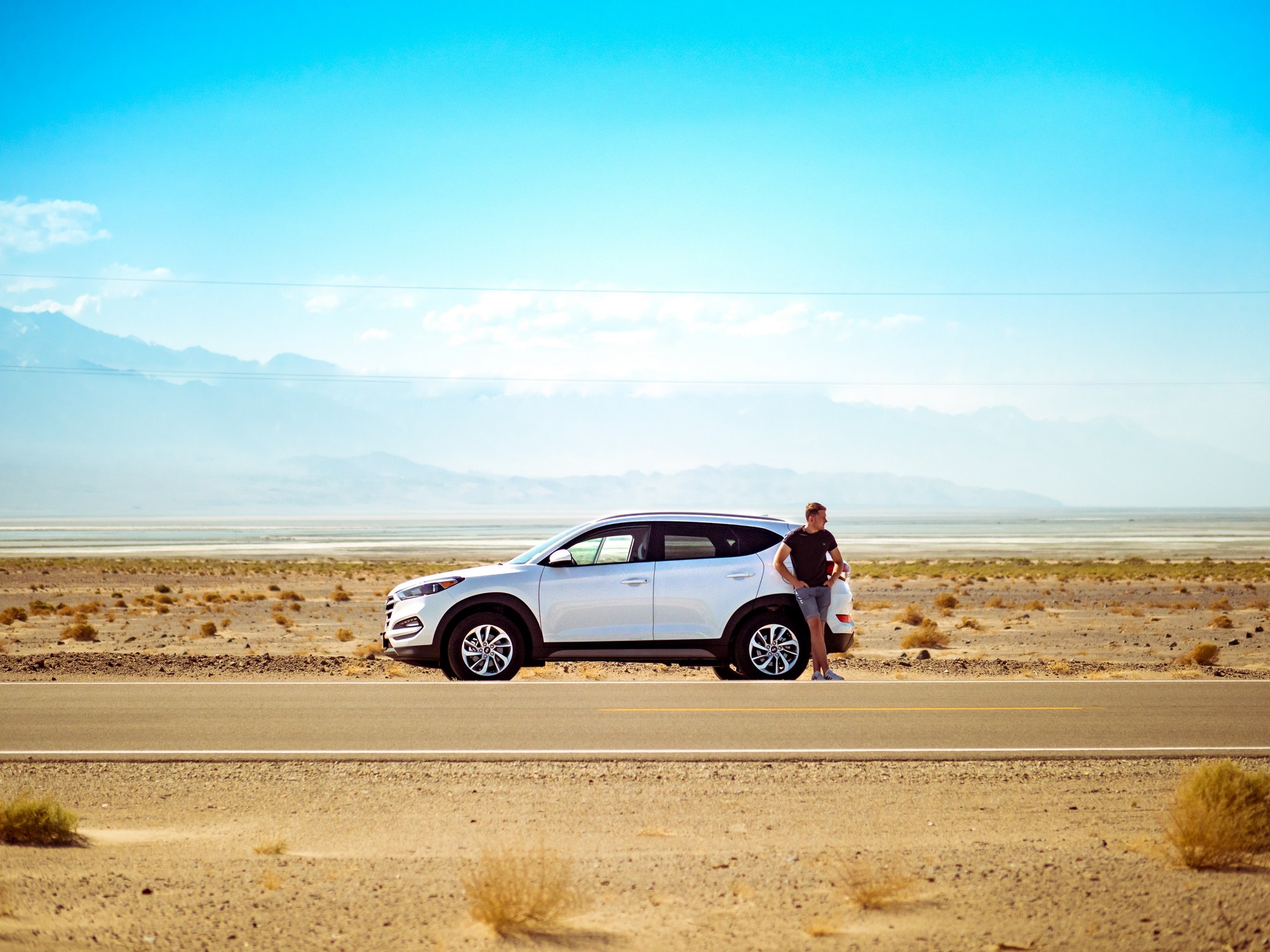With the proper preparation, vehicle care, and upkeep, road trips can be a lot of fun and are the ideal summer escape. However, accidents can happen on the road, which is why it’s critical to be prepared in case of a breakdown. Even the most reliable vehicles may fail during a road trip, and there is nothing worse than being stranded in the middle of nowhere with a broken-down vehicle.
We all try to avoid experiencing breakdown, yet it does occur. Keep these suggestions in your glove box so you’ll always have them on hand.
Things to keep an eye on a regular basis
- Automobile batteries have a finite life and ultimately die, frequently in inconvenient circumstances. If you only drive short distances, your engine may not have the time to recharge the battery adequately. Battery problems such as loose clamp connections and corroded terminals are also frequent.
- Check the pressure and wear of your tyres on a regular basis, prevent debris on the road, and avoid waiting until your tyres are completely worn out before purchasing new ones. If they are bald, you are jeopardising your safety (and the police can fine you).
- If your alternator fails, a red warning light will often illuminate on the dashboard. Rapid battery drain (e.g. dimming headlights) and rising engine temperatures are further signs that your alternator may be failing. Along with having your alternator serviced on a regular basis, if the red warning light illuminates, it’s highly worth getting your alternator examined as soon as possible.
- Additionally, far too many drivers engage in the ‘just a little bit further’ game when their gas gauge is alarmingly close to empty. Running out of petrol on the freeway during rush hour is not enjoyable for you or anybody else sharing the road with you — and it is entirely avoidable. Proper maintenance is the best antidote to breakdowns: if vehicle fluid levels are maintained properly, batteries and tyres are kept in good condition, and the car is serviced regularly by a professional, your breakdown rate will be significantly decreased.
What to do at times of crisis:
Having the ideal response time when experiencing a breakdown on a busy route can help keep you (and others) safe, minimise disturbance to other vehicles, and expedite the process of obtaining assistance. If you notice a problem with your vehicle, search for an emergency lane to drive into so you can stop safely. If there is no other option, pull over onto the hard shoulder and park safely to the left.
If your vehicle has slowed significantly below the speed of oncoming traffic, use your hazard lights to alert other motorists. When you come to a halt, use the parking brake and angle your wheels away from the road to avoid rolling into traffic if you are struck from behind. Leave your headlights (and/or dome light) on in low light to improve visibility.
If you’ve managed to find a relatively secure parking space away from oncoming traffic, your best course of action is to remain inside the car with your seatbelt fastened and your doors and windows shut until assistance comes. Consider whether there is a compelling cause to exit the car. If you do decide to exit, do so only after carefully checking for approaching traffic.
Put on your high visibility vest if you have one in your car (it’s a smart purchase). Exit from the passenger (non-traffic) side if feasible. If it is unsafe to depart, remain put. Never attempt to cross a busy road on foot — the danger is not worth it.
If you have exited the car, ensure that you are as far away from the road as possible behind any safety barriers. Never stand or move between automobiles, behind cars, or anywhere near moving traffic on a major highway – incoming drivers may be travelling at speeds of up to 100 kilometres per hour, giving them little time to respond to your breakdown scenario.
If your life is in urgent danger, dial 111; if there is danger but it is not life-threatening, contact the police by dialling *555.
Constructing an Emergency Kit
Before something happens, ensure that your automobile is adequately packed. Nationwide Insurance released an extensive emergency pack checklist, which contains the following:
- Cell phone
- Cell phone charger
- Owner’s manual
- Jumper cables
- Spare tyre
- Tire-pressure gauge
- Emergency flares or reflectors
- Signal flag and reflective vest
- Fire extinguisher
There are several other items to store in your car in case of a breakdown, but this is an excellent start.

